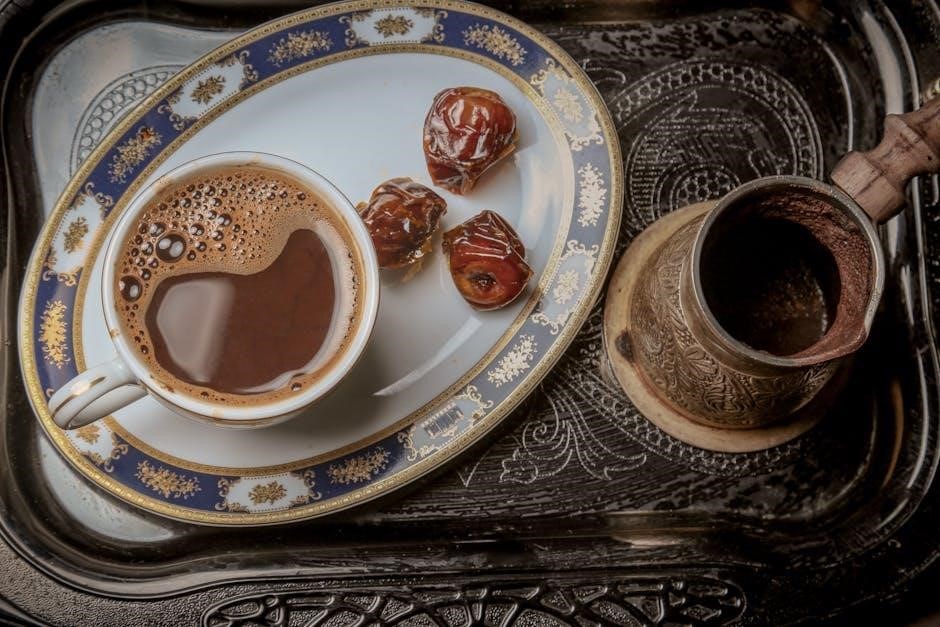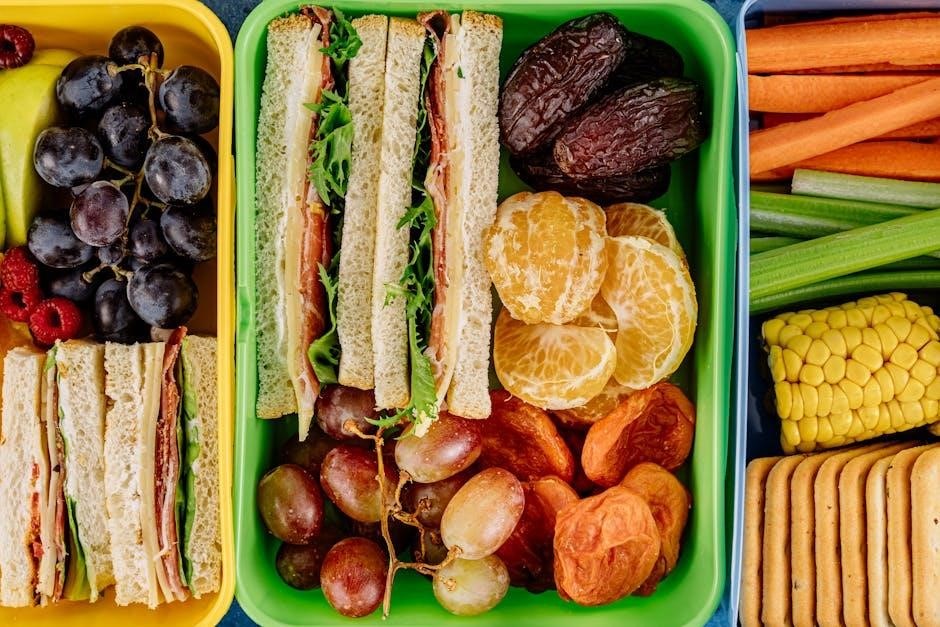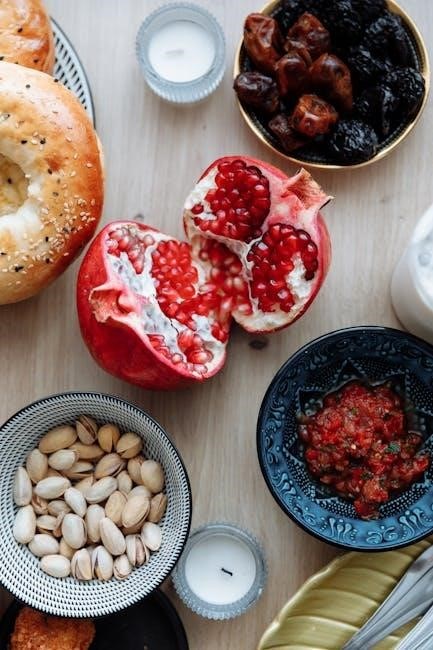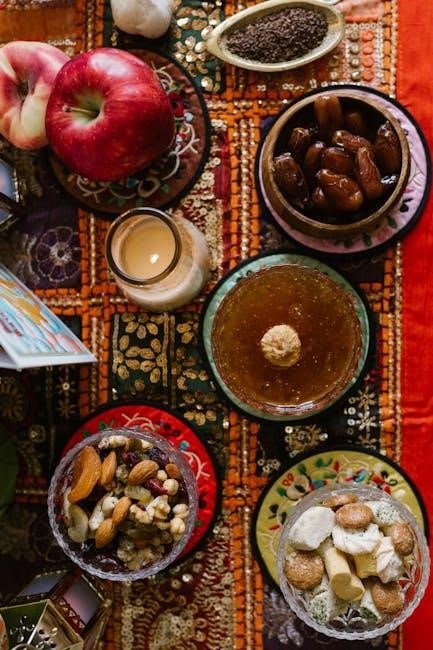Overview of “Fake Dates and Mooncakes”
Sher Lee’s debut‚ “Fake Dates and Mooncakes‚” is a delightful YA romance․ It’s a fluffy‚ adorable story that will make you smile․ The book honors Chinese culture‚ incorporating a classic fake dating trope․
Author and Genre
“Fake Dates and Mooncakes” is penned by Sher Lee‚ marking a fantastic queer romance debut․ Falling firmly into the Young Adult (YA) genre‚ the novel blends elements of romance and comedy‚ creating a lighthearted and engaging reading experience․ The story embraces the popular “fake dating” trope‚ adding a fresh and diverse perspective to the familiar narrative․ Lee’s writing style is described as fluffy and adorable‚ promising a feel-good story that will leave readers smiling․ Set against the backdrop of Chinese culture‚ the book also incorporates cultural elements‚ enriching the storyline․ It’s a charming and heartwarming tale perfect for those who enjoy sweet romances with a touch of cultural flair․ This debut novel showcases Lee’s talent for crafting relatable characters and weaving together a compelling story that celebrates love and identity․ The combination of romance‚ comedy‚ and cultural representation makes it a standout addition to the YA genre․
Brief Summary of the Plot
The story revolves around Dylan‚ whose perspective guides us through the narrative․ He finds himself entangled in a fake dating scheme with Theo․ Their initial meeting leads to an unexpected arrangement after Theo convinces Dylan to be his fake date at a family wedding in the Hamptons․ Dylan’s feelings become increasingly genuine as he spends time with Theo‚ blurring the lines between pretense and reality․ The plot thickens with family shenanigans‚ a class divide‚ and a competition‚ adding layers of complexity to their relationship․ The novel injects drama into the fake dating trope‚ exploring the challenges and unexpected consequences of their charade․ With positive vibes throughout‚ “Fake Dates and Mooncakes” provides a delightful journey as Dylan navigates his evolving feelings for Theo amidst family expectations and cultural celebrations․ The narrative promises a cute and romantic experience‚ exploring themes of identity‚ love‚ and cultural heritage․

Characters and Relationships
Dylan is the main character through whose eyes we experience the story․ His feelings evolve as he navigates the fake relationship․ He grapples with genuine emotions amidst family expectations and cultural celebrations․
Dylan’s Perspective
We see the world through Dylan’s first-person perspective in “Fake Dates and Mooncakes․” He finds himself entangled in a fake dating scheme with Theo․ Initially‚ it’s a means to an end‚ driven by circumstances and perhaps a bit of desperation․ However‚ Dylan’s feelings become increasingly complicated․ He begins to experience genuine emotions․ He did not expect it when he first met Theo․ He must navigate the complexities of his family‚ cultural expectations‚ and a growing attraction․ Dylan’s journey is one of self-discovery and acceptance․ He learns about his own desires and what truly matters to him․ The wedding setting acts as a backdrop to his personal growth․ He struggles to balance his family’s wishes with his own happiness․ His perspective shapes the reader’s understanding of the unfolding romance․
Theo’s Role
Theo plays a pivotal role in “Fake Dates and Mooncakes‚” acting as the catalyst for Dylan’s journey of self-discovery․ Despite their different backgrounds – sun-and-moon apart – Theo consistently shows up in Dylan’s life‚ offering support and challenging his perspectives․ He initiates the fake dating arrangement‚ leading them to the Hamptons wedding․ There‚ amidst family shenanigans‚ he helps Dylan navigate cultural expectations․ Theo’s genuine nature and willingness to bridge the class divide slowly break down Dylan’s reservations․ His actions and words spark a real connection․ He encourages Dylan to embrace his true feelings․ Theo’s presence is a constant source of positive vibes and romantic tension․ He is a driving force in the development of their relationship․ His role is integral to the story’s exploration of love and acceptance․
The Fake Dating Trope
“Fake Dates and Mooncakes” utilizes the well-loved fake dating trope to explore themes of love‚ identity‚ and cultural understanding․ The story injects this classic trope with drama․ It showcases how pretending can lead to genuine connection․ Dylan and Theo’s initial arrangement is purely transactional․ They navigate the complexities of portraying a believable couple․ The wedding setting amplifies the pressure to maintain the charade․ As they spend time together‚ the lines blur․ The fake relationship evolves into something real․ The trope allows for humorous situations․ It also creates opportunities for vulnerability․ It forces characters to confront their true feelings․ The story offers a fresh take on the trope․ It adds elements of class difference and Chinese cultural celebration․ It highlights the transformative power of love and acceptance․

Themes and Cultural Aspects
“Fake Dates and Mooncakes” beautifully celebrates Chinese culture‚ enriching the romance․ The story incorporates Mid-Autumn Festival traditions․ It also shows family dynamics․ This offers readers insight and appreciation for AAPI heritage․
Celebration of Chinese Culture
“Fake Dates and Mooncakes” shines in its vibrant and respectful celebration of Chinese culture․ Sher Lee weaves cultural elements seamlessly into the narrative‚ offering readers a glimpse into the traditions and values that are important to Dylan and his family․ The novel pays homage to AAPI Heritage Month‚ making it a perfect read for those seeking stories that honor diverse backgrounds․
The inclusion of mooncakes‚ a traditional Chinese pastry‚ as part of the title itself is a nod to the culture․ The story integrates customs associated with family gatherings‚ reflecting their significance in Chinese society․ These cultural details add depth and authenticity to the story‚ making it more than just a typical romance․
Through Dylan’s experiences‚ readers gain insight into the nuances of Chinese-American identity‚ creating a richer and more meaningful reading experience․ It is a story that embraces diversity and promotes cultural understanding․
Exploration of Class Divide
“Fake Dates and Mooncakes” delves into the complexities of class differences through the interactions between Dylan and Theo․ Their worlds are “sun-and-moon apart‚” highlighting the stark contrast in their socioeconomic backgrounds․ This divide introduces tension and challenges into their budding relationship‚ adding depth to the narrative beyond the typical fake dating scenario․
The story examines how wealth and privilege can impact relationships and create barriers between people․ Dylan’s perspective offers insight into the struggles of navigating different social circles and the feeling of being an outsider․ The Hamptons wedding setting further emphasizes this divide‚ showcasing the opulence and extravagance of Theo’s world compared to Dylan’s more modest upbringing․
The novel also explores how these class differences affect Dylan’s self-perception and his ability to trust Theo’s intentions․ It’s a thought-provoking element that elevates the story beyond a simple romance‚ offering commentary on social inequalities․

Reception and Reviews
Reviewers praise “Fake Dates and Mooncakes” as a cute and enjoyable read‚ full of positive vibes․ Many highlight its successful incorporation of Chinese culture and its heartwarming romantic elements․
Positive Aspects Highlighted by Reviewers
Reviewers consistently praise “Fake Dates and Mooncakes” for its charming and heartwarming nature․ The novel is frequently described as a “cute” and “adorable” read‚ making it a delightful experience for readers seeking a lighthearted and feel-good story․ The positive vibes emanating from the narrative are a significant draw‚ providing an escape into a world of sweet romance and cultural celebration․
A key strength highlighted by reviewers is the book’s successful integration of Chinese culture․ Many appreciate how the story honors AAPI Heritage Month and introduces readers to the Mid-Autumn Festival․ The cultural elements are seamlessly woven into the plot‚ adding depth and richness to the narrative․ The representation of Chinese traditions and values is particularly well-received․
The romantic development between the protagonists‚ Dylan and Theo‚ is another aspect that garners positive attention․ Reviewers note the chemistry between the characters and the believable evolution of their relationship․ The fake dating trope is effectively utilized‚ creating humorous situations and opportunities for emotional growth․ The romance is described as sweet and satisfying․
Criticisms and Potential Drawbacks
While “Fake Dates and Mooncakes” receives considerable praise‚ some reviews point out potential drawbacks․ One recurring criticism involves the believability of certain plot elements‚ particularly the level of drama injected into the story․ Some readers find the situations bordering on unrealistic‚ which can detract from the overall enjoyment of the narrative․ The reasons behind the fake dating arrangement‚ specifically owing a large sum of money‚ are also questioned․
Another point of contention is the perceived class divide between the characters‚ Dylan and Theo․ While the exploration of this divide is intended to add depth to the story‚ some readers may find it uncomfortable or underdeveloped․ The contrast between their worlds and the challenges they face due to their different backgrounds could be perceived as a source of conflict rather than an opportunity for growth․
Finally‚ while the book is generally lauded for its positive vibes‚ some readers may find the overall tone too saccharine or lacking in substantial conflict․ Those seeking a more complex or angsty romance might find “Fake Dates and Mooncakes” too lighthearted for their tastes․ The emphasis on sweetness and fluff may not appeal to all readers․

Thematic Elements
“Fake Dates and Mooncakes” incorporates family shenanigans‚ a class divide‚ and a competition․ The wedding setting provides a backdrop for the fake dating‚ adding to the diverse take on the classic trope․
Family Shenanigans and Wedding Setting
The narrative of “Fake Dates and Mooncakes” is intricately woven with the backdrop of a wedding‚ serving as a catalyst for much of the story’s comedic and heartfelt moments․ The wedding isn’t just a setting; it’s an arena where family dynamics are amplified‚ and old tensions resurface‚ creating ample opportunities for “shenanigans․” These playful‚ often chaotic‚ interactions between family members provide both humor and insight into the characters’ relationships․
The wedding also serves as a stage for the fake dating scheme to unfold․ Dylan and Theo must navigate the expectations and scrutiny of Theo’s family while maintaining the facade of a genuine relationship․ This creates a layer of complexity‚ as they grapple with their true feelings amidst the performance they are putting on․ The setting allows for stolen glances‚ secret conversations‚ and awkward encounters‚ all of which contribute to the romantic tension between the protagonists․
The juxtaposition of the formal wedding environment with the inherent absurdity of a fake relationship creates a delightful and engaging reading experience․ The reader is invited to laugh along with the characters as they navigate the challenges of blending in and keeping their secret safe‚ while simultaneously rooting for them to find genuine connection amidst the chaos․
Romantic Development
The romantic development in “Fake Dates and Mooncakes” is a slow burn‚ fueled by the initial pretense of a fake relationship․ Dylan’s feelings gradually shift from obligation to genuine affection as he spends more time with Theo‚ especially within the intimate‚ albeit artificial‚ setting of the wedding․ The forced proximity allows for moments of vulnerability and connection that wouldn’t have occurred otherwise․
Theo’s actions‚ seemingly driven by the need for a convincing facade‚ reveal deeper layers of his personality and his genuine interest in Dylan․ Small gestures and thoughtful considerations chip away at Dylan’s initial reservations‚ leading him to question the nature of their arrangement․ The line between “fake” and “real” becomes increasingly blurred as their interactions become more meaningful․
The story masterfully portrays the evolution of their feelings‚ capturing the awkwardness‚ excitement‚ and vulnerability that come with falling in love․ The romantic development is not just about grand gestures‚ but about the quiet moments of understanding and acceptance that build a lasting connection․ It is a cute and romantic journey from fake to real․
